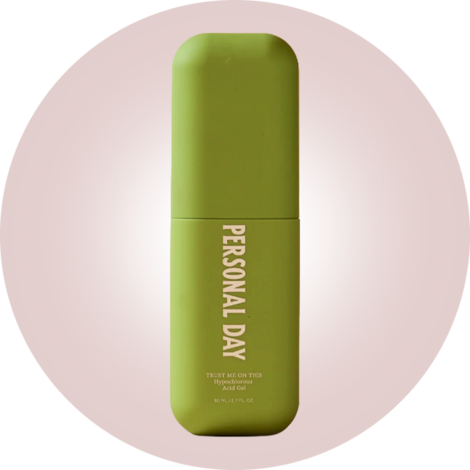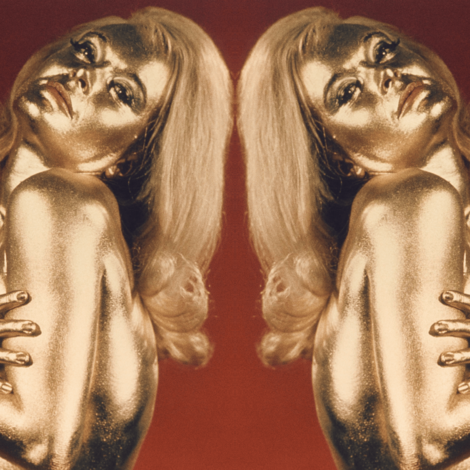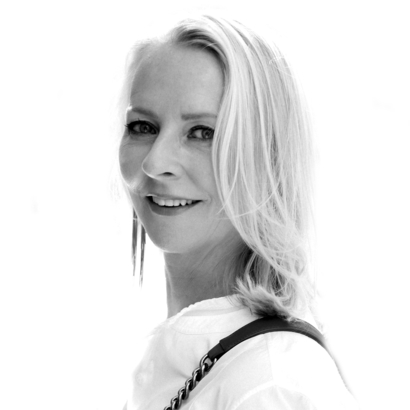“It’s my one vice!,” Michelle writes when I text her about her tan. She promises to tell me everything, but despite my nudges, I never hear from her again. Nathaniel confesses, “I’m a hardcore dedicated tanner,” but asks me not to use his real name. (It’s not Nathaniel.) I’m afraid to question Rick about the tan that covers him from the roots of his hair to the tips of his toes and, I assume, almost everywhere in between. I’m pretty certain it’s a sensitive subject. Alana won’t talk. Nor will Will; Will won’t. Britney? Unreachable. Tucker? Please, no. I corner a friend at a party, and he swears he wears sunscreen all the time. His skin is evenly burnished, which I can see clearly even in the candlelight as he tries to back away.
These are the tanorexics, and they don’t want to discuss it. Yes, they know better. No, they’re not changing. Maybe, they have some clever rationalizations to explain their behavior.
When the days are short, when the skies are gray, when the rain dampens their spirits, they follow the sun. In fact, Nathaniel describes “the valley of gloom and despair from December to early May” of his hometown and then volunteers, “The nice thing about living in London is I can be in Ibiza anytime.” Clearly, he isn’t speaking on behalf of the British tourist board.
They look down on the tanning manqué: the Donald Trumps, the Silvio Berlusconis (who once praised Barack Obama as “young, handsome, and tanned”), the Christina Aguileras, and the Bravolebrities. “Oranges,” Nathaniel calls them, shaking his head in disgust. “With applied tans, the seams always show.”
There is a small but committed population that cannot and vehemently will not metabolize the information that UV light causes aging and skin cancer, including melanoma, the deadliest form of them all. They know, they know—in their minds if not in their hearts. Some have heaps of documentation in podcast form, downloaded and ready to share, with counter-arguments about the connections between UV-light exposure and vitamin D, circadian rhythms, hormone production, melatonin regulation, appetite control, photosynthesis, psycho-spiritual benefits, and who knows what all. The podcasts are four hours long. Each. Does it feel a bit like overkill?
“It could be a compelling way to ignore the warning,” offers Nathaniel. And yet some of the science is legit. Those with seasonal affective disorder actually produce too much melatonin and not enough serotonin when they’re bereft of UV light. “And that makes them feel vegetative symptoms like being tired and depressed,” says Dr. Shadi Kourosh, an assistant professor of dermatology at Harvard Medical School. “Certain people are just genetically wired like this.”
“Oranges,” Nathaniel calls them, shaking his head in disgust. “With applied tans, the seams always show.”
As a young medical student, Kourosh tried to understand what drove tanning fanatics to bake, despite all the evidence about the dangers of UV light. She pretended to be a sorority sister, popping the collar of her pink polo shirt, and planted herself in a Dallas tanning salon. Her secret weapon was a questionnaire designed by a dermatologist and a professor of addiction psychiatry, based on the ones used to screen for drug and alcohol abuse.
“We were looking for people who were addicted to tanning,” she tells me. Those who showed signs of a problem were invited to a research lab, where they lay in tanning beds and submitted to a brain scan. “The addiction centers in their brains lit up,” says Kourosh. To provide a control, some of the tanning beds were rigged with filters that blocked the UV light. The true addicts knew something was off after lying in the filtered bed. “They didn’t get their fix.”
“Fix” is the operative word. Pushing the addiction theory even further, one researcher gave study subjects naloxone, the drug that blocks the effects of opioids, after they emerged from the tanning bed. “They actually experienced withdrawal symptoms like nausea,” says Kourosh. “I’m not kidding.”
The dependency is a real physical phenomenon, according to Kourosh, who is also a board-certified dermatologist at Sadick Dermatology, in New York. Her research and others’ posit that tanning, like gambling, video games, and sex, can be a compulsive behavioral addiction.
In this case, the addiction has little to do with aesthetics, but appearance is a big, obvious factor for a larger group of tanorexics. “People do it because it improves their appearance in the short term, and the long-term implications … they don’t see right away,” says Meghan M. Gillen, a professor of psychology at Penn State Abington, who studied risky tanning behaviors.
The situation can approach the level of body dysmorphia, according to Kourosh. “If these people don’t look tan, they don’t look normal to themselves,” she says. Gillen likens extreme tanners to those who have excessive piercings, tattoos, or cosmetic surgeries. “You have to wonder how these people are seeing themselves,” she adds.
If the underlying issue is body dysmorphic disorder, then the sufferers don’t see themselves clearly at all, focusing instead on their skin and its perceived flaws.
And despite all the efforts among doctors, the media, and the American Academy of Dermatology to shift tastes from bronzed to untanned skin, despite the considerable advances in sunscreens that are more protective and less chalky, sticky, and shiny than in the past, bronzed skin still persists as an ideal.
Gillen studied the phenomenon by Photoshopping pictures of people to make them look tan. She then showed the images to study subjects, asking them to assess the before-and-afters. “They perceived the [people in the] tan photos in a much more positive way—as more physically attractive, healthier, and friendlier.” And now, just typing that, my serotonin levels are plummeting.
Not Nathaniel’s. You can probably find him lying on a beach somewhere with a rolled towel under his head and a cooler filled with iced drinks at his feet. “My devotion has gone to the next level,” he confesses. The sun beats down, toasting his body, and he allows himself to ignore the free radicals and DNA mutating under his oiled, bronzed skin. In this moment, he says, “I feel alive.”
Linda Wells is the Editor at Air Mail Look





